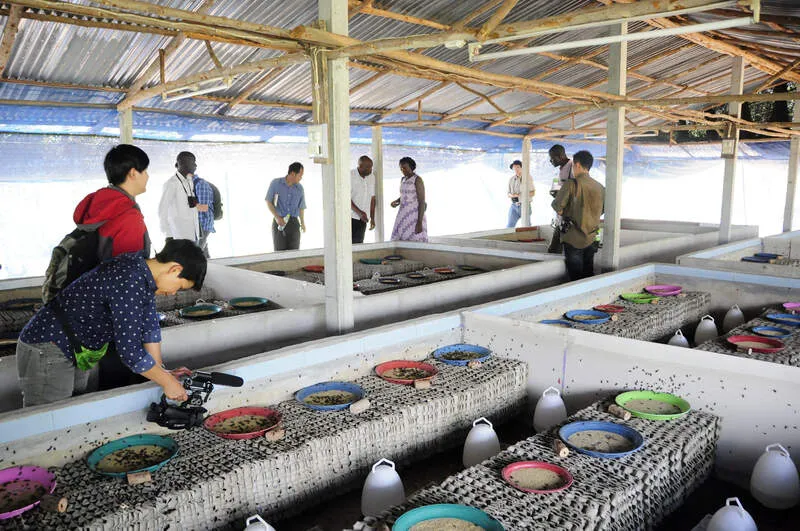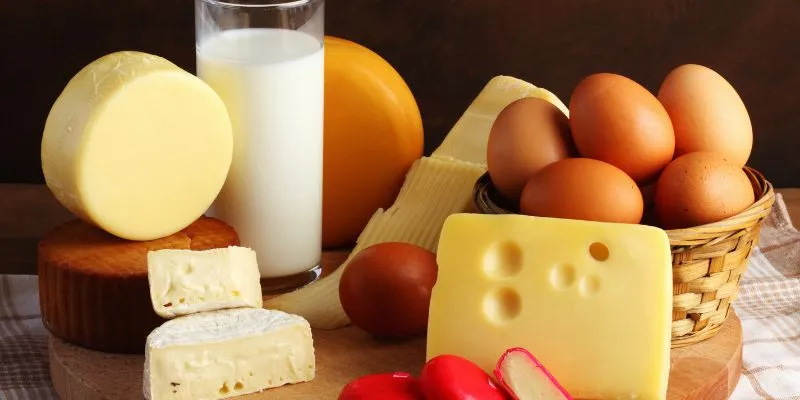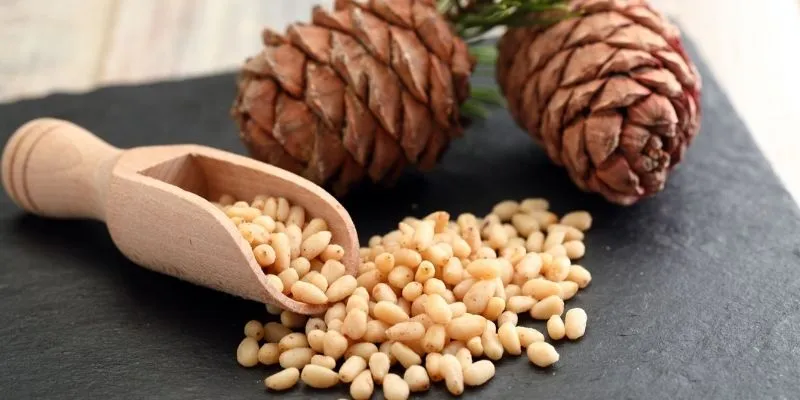What Is Acheta Protein? What To Know About Eating Crickets
Protein from Acheta, which comes from crickets, has become notable as a sustainable and nutritious source of protein. Crickets, especially the kind known as Acheta domesticus , offer a plethora of critical nutrients. These insects possess high quantities of protein, comparable to standard sources such as beef and chicken. Besides protein, crickets deliver vital amino acids, good fats, vitamins, and minerals. For example, they are a great source of B vitamins, notably B12, which is crucial for energy metabolism and the proper functioning of the nervous system. Crickets also have abundant iron and calcium, contributing to overall health. Incorporating cricket protein into your diet can support various health areas, like muscle growth, energy enhancement, and bone strengthening.
Sustainability of Cricket Farming
Crickets offer remarkable benefits, especially when compared to traditional livestock farming. They require significantly less land, water, and feed to produce the same quantity of protein. Studies show that crickets also release fewer greenhouse gases, making them an environmentally friendly choice.

Crickets have an exceptional capacity to convert feed into protein, outperforming cows or pigs. This high conversion rate, coupled with their ability to thrive in dense conditions, positions cricket farming as an alternative for food security and environmental conservation. By choosing cricket protein, individuals contribute to a sustainable food production method that uses fewer resources and generates less waste.
- Less Waste Generation: Crickets produce less waste compared to livestock, further reducing environmental strain.
- Rapid Reproduction: Crickets breed quickly, ensuring a steady supply of protein with minimal resource input.
Nutritional Profile of Crickets
Crickets are packed with beneficial nutrients, making them an excellent choice for health-conscious individuals. Generally, dried crickets consist of about 60-70% protein by weight, significantly higher compared to other traditional protein sources. Additionally, crickets contain healthy fats, predominantly unsaturated ones, which are beneficial for heart health.
Crickets contain omega-3 and omega-6 fatty acids that support brain function and overall well-being. They are also rich in fiber, particularly chitin, which may offer prebiotic effects to enhance gut health. With this outstanding nutritional content, crickets have earned their status as a superfood that can be seamlessly integrated into various diets, whether omnivorous, vegetarian, or even vegan when prepared appropriately.
- High in Micronutrients: Crickets are rich in zinc and magnesium, supporting immune health and muscle function.
- Low in Carbs: Crickets offer a low-carbohydrate alternative for those on ketogenic or low-carb diets.
Culinary Uses of Cricket Protein
Cricket protein is highly versatile and can be incorporated into a wide range of meals. Many people enjoy cricket protein by using cricket flour, produced by grinding dried crickets into a fine powder. This type of flour can be used for baking, adding extra protein to pancakes, muffins, or bread without significantly altering the flavor. Additionally, cricket protein can be added to smoothies to boost nutritional content.
Ready-to-eat cricket protein bars and snacks are available in health food stores, offering convenient options for those seeking hassle-free choices. You can also experiment with cooking whole crickets in recipes, including tacos, salads, or stir-fried dishes. Their mild taste allows them to pair well with various ingredients, making them an exciting and innovative addition to meals.
- Neutral Flavor: Crickets have a mild, nutty flavor, which can be masked or enhanced based on seasoning.
- Suitable for Baking: Cricket flour has a smooth texture that integrates well with traditional baking flour.
Challenges of Consuming Cricket Protein
Despite the numerous benefits of cricket protein, some challenges arise when incorporating it into diets. A primary concern is the notion of eating insects, which can deter some individuals from trying cricket-based foods. Attitudes towards entomophagy, the practice of eating insects, vary significantly across different cultures. In some regions, insect consumption is a common practice, while in others, it may seem unappealing.
It’s important to note that individuals with shellfish allergies should exercise caution, as crickets can trigger similar allergic reactions in some people. Ensuring that cricket products come from reputable farms and adhere to safety and hygiene standards is crucial. This helps alleviate concerns about contamination and quality.
- Allergy Risk: People with shellfish allergies may experience similar reactions to cricket consumption.
- Limited Availability: Cricket products may be harder to find in regions where insect consumption is uncommon.
Cricket Protein Recipes

If you’re interested in exploring cricket protein, numerous simple recipes demonstrate its versatility. One basic recipe is creating energy balls using cricket protein. Combine cricket flour with oats, nut butter, honey, and dark chocolate chips. Roll the mixture into small, bite-sized snacks for a nutritious treat. Cricket protein pancakes are also popular. Substitute a portion of regular flour with cricket flour in pancake batter to create a protein-rich breakfast. Top with your favorite toppings like fresh fruits or maple syrup.
For a savory option, consider making a cricket stir-fry by combining whole crickets with your favorite vegetables and sauces. This not only enhances the dish’s protein content but also introduces an interesting texture. With a bit of creativity, cricket protein can be seamlessly integrated into everyday meals, offering health benefits and culinary enjoyment.
- Shelf-Stable Ingredient: Cricket flour has a long shelf life, making it a convenient pantry staple.
- Easy Substitution: Cricket flour can replace a portion of regular flour in most recipes, boosting the protein content without dramatically altering the flavor.
Conclusion
In conclusion, Acheta protein is an emerging player in the protein market, offering an ecological and nutritious alternative to traditional sources. As more individuals become aware of the advantages of consuming crickets and their culinary versatility, it seems cricket protein will continue to gain popularity globally. Incorporating cricket proteins into snacks, baking, or main meals can promote health while fostering sustainable eating practices.











